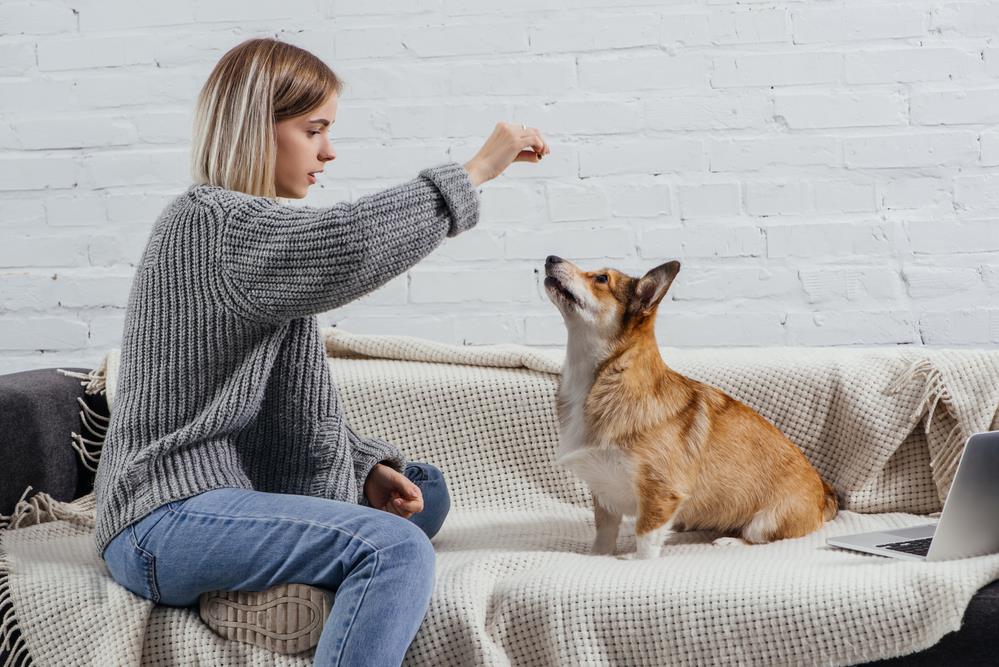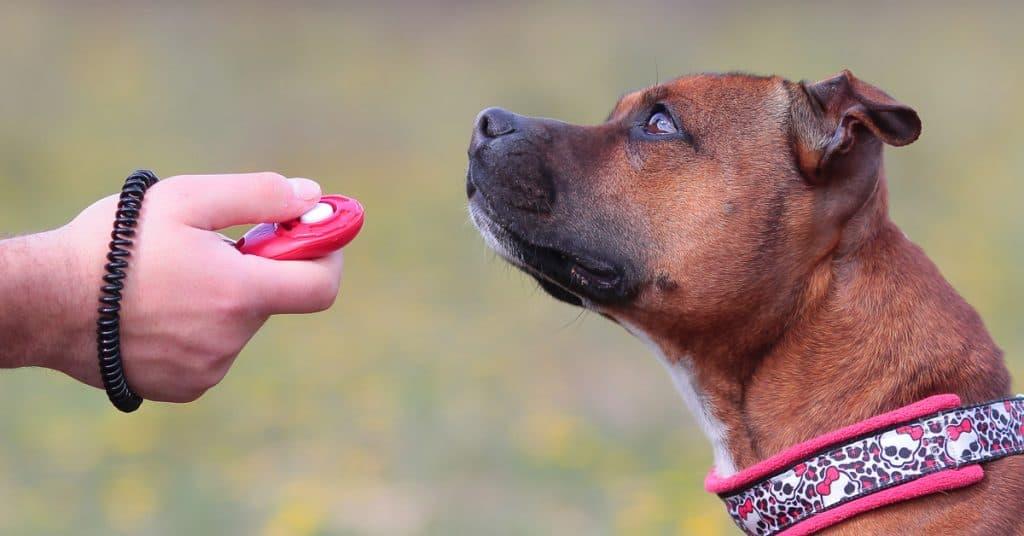Understanding Animal Behaviour
Comprehending animal behaviour is a paramount aspect of successful pet training. It’s akin to learning a new language, where understanding the nuances can greatly enhance communication. A solid grasp of animal behaviour can help decipher a pet’s needs, desires, and fears, ultimately fostering a stronger bond and making training more effective. Understanding animal behaviour is the foundation of positive reinforcement training – a method proven to be beneficial in training pets.
Basic Animal Behaviours and Instincts
Animals have a range of behaviours dictated by their instincts. These include hunting, grooming, mating, and social behaviours. Identifying these instincts can help you recognise when your pet is behaving naturally or when it is responding to training. This knowledge is crucial in creating a training programme that respects and works with their natural instincts.
Applying Animal Behaviour Understanding in Pet Training
Using your understanding of animal behaviour in pet training can create a positive and stress-free environment for your pet. For instance, knowing that a dog has a natural instinct to dig can help you provide an appropriate outlet for this behaviour during training. This approach not only makes training more effective but also helps in developing a happier and healthier pet.
Establishing Trust and Authority Between Pet and Owner
Building a meaningful bond between a pet and its human is essential. Trust is the cornerstone of any relationship, particularly between a pet and its owner. It affects the pet’s overall well-being and behaviour, as well as the quality of life for both parties.
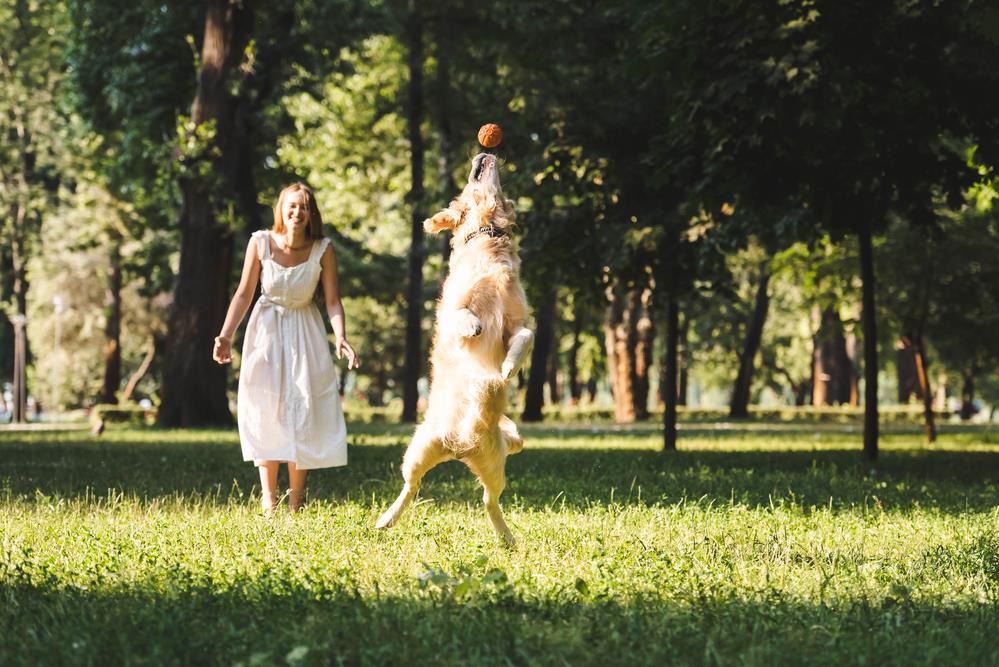
Techniques to Establish Authority Without Fear
Contrary to popular belief, it is possible to establish authority without instilling fear in your pet. Positive reinforcement is a powerful tool, rewarding good behaviour rather than punishing the bad.
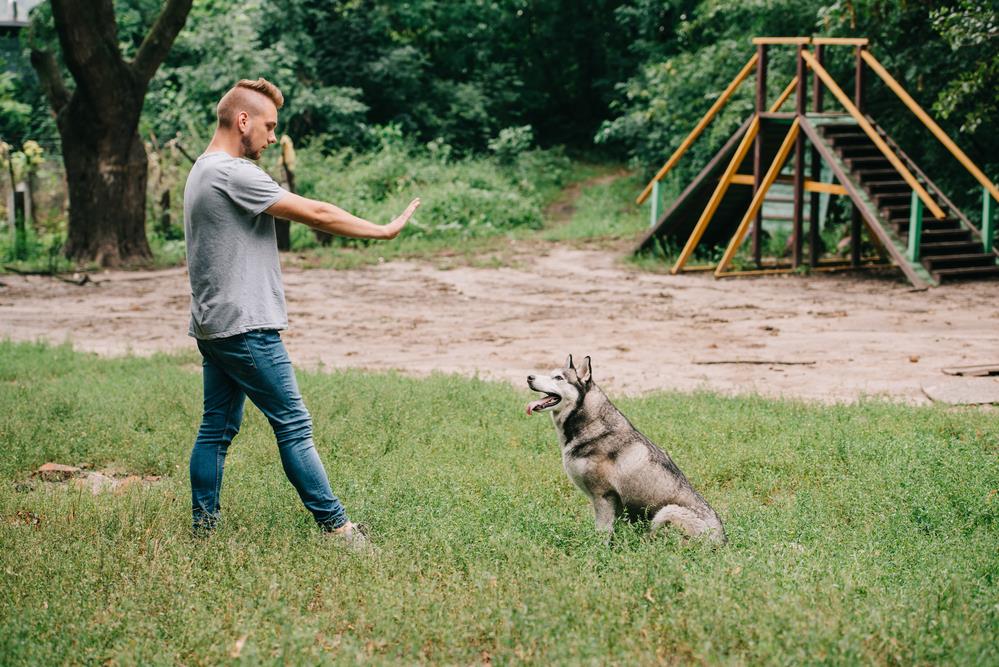
The Role of Consistency and Patience in Trust and Authority
Patience and consistency are key when developing a bond of trust and authority with your pet. Consistent rules and expectations help pets understand what is required of them and builds security.
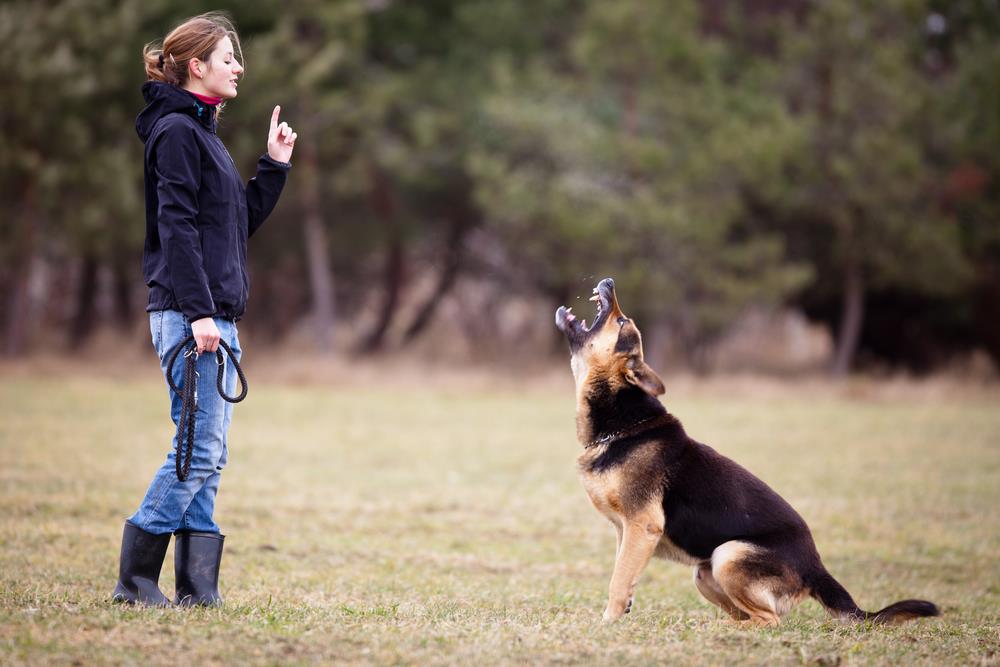
Understanding Reward-Based Training
Reward-based training is a method of reinforcing positive behaviour in pets using rewards. This technique hinges on the principle that pets are more likely to repeat a behaviour when it is followed by a positive outcome. The reward in this context can be anything your pet finds motivating such as food, toys, or praise.
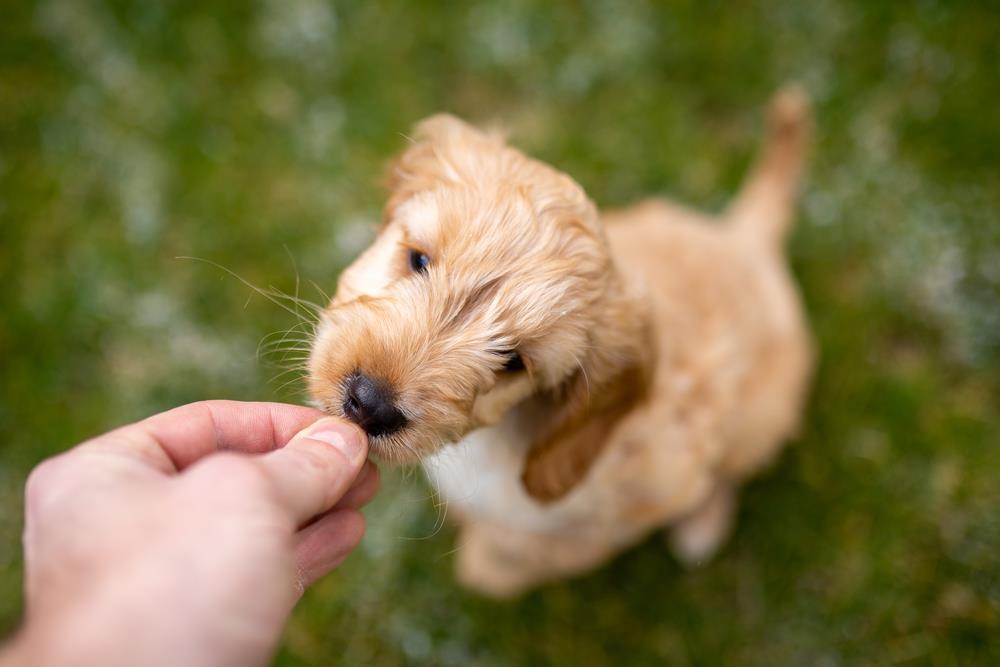
Benefits of Reward-Based Training
Using rewards as a form of positive reinforcement enhances your pet’s learning experience by making it enjoyable. This method has been proven to strengthen the bond between pets and their owners, reduce the likelihood of behavioural problems, and increase obedience.
Choosing the Right Rewards
The type of reward you choose should depend on your pet’s preferences. Dogs may respond well to treats or toys, while cats might prefer a scratch behind the ears. Birds might appreciate a favourite seed or song. Experiment to find what your pet finds most rewarding.
Timing Your Rewards for Effective Training
For the reward-based training to be effective, it’s critical to time your rewards correctly. Ideally, the reward should immediately follow the desired behaviour. This helps the pet associate the behaviour with the positive outcome.
Understanding Clicker Training and its Benefits
Clicker training, a popular method of positive reinforcement, is a simple yet highly effective technique for shaping your pet’s behaviour. It relies on a small handheld device that emits a distinct ‘click’ sound when pressed – a sound that signifies a reward for a desired behaviour. This his method helps to clearly communicate with your pet, enhancing learning and obedience. It builds a stronger bond with your pet whilst ensuring a fun and rewarding training experience.
A Step-by-Step Guide to Using a Clicker for Training
- Charge the clicker by pairing it with a treat. Click and immediately give your pet a treat. Repeat until your pet associates the click with a reward.
- Once the clicker is charged, use it to shape desired behaviours. Click and treat as soon as the pet performs the correct action.
- Gradually reduce the frequency of treats but keep the click consistent. Your pet will learn to respond to the click alone.
Tips and Tricks to Make Clicker Training Effective
Precision is key in clicker training. Click at the exact moment your pet performs the desired action. It’s also important to keep sessions short and fun – around 5 minutes several times a day. Consistency is crucial; use the same click and treat for each correct behaviour.
Understanding Crate Training for Dogs
Crate training is a method of house training where your pet is confined to a small area, their ‘crate’, for short periods. This method capitalises on a dog’s natural instincts not to soil its sleeping area, thus fostering good habit. It can provide a safe, comfortable space for your pet while promoting better behaviour.
Steps to Introduce Your Pet to the Crate
- Start by placing the crate in a frequently-used area, with the door kept open.
- Encourage exploration by placing treats inside.
- Once comfortable, start feeding meals inside the crate.
- Gradually increase the time spent inside after meals.
Techniques to Make the Crate a Positive Space
Ensure the crate is comfortable with familiar bedding. Use positive reinforcement like treats, praises, and toys. Never use the crate as punishment, as it should be a safe haven for your pet.

Common Mistakes in Crate Training to Avoid
Never keep your pet crated for too long. Overcrating can lead to anxiety and behavioural problems. Also, avoid introducing the crate too quickly. Patience is key in this process.
In conclusion, proper crate training can greatly benefit both pet and owner. With patience, consistency, and positive reinforcement, your dog will learn to see the crate as a safe, comfortable space.
Understanding the Natural Instincts of Cats for Litter Training
Cats are naturally clean animals with a strong instinct to bury their waste. This instinct, derived from their wild ancestors, is what makes litter training feasible. Understanding this behaviour can aid your training process significantly.

Steps to Introduce a Cat to the Litter Box
- Choose a quiet, accessible location for the litter box.
- Introduce the cat to the box by placing them in it after meals or when they show signs of needing to go.
- Praise them when they use it, reinforcing the behaviour.
Techniques to Encourage a Cat to Use the Litter Box
Make the litter box appealing by keeping it clean, using unscented litter, and avoiding the use of liners, which some cats dislike. A comforting pheromone spray can also help.
Handling Common Problems During Litter Training
If your cat avoids the litter box, it may be due to medical issues, stress, or dislike of the box or its location. Consult your vet for advice.
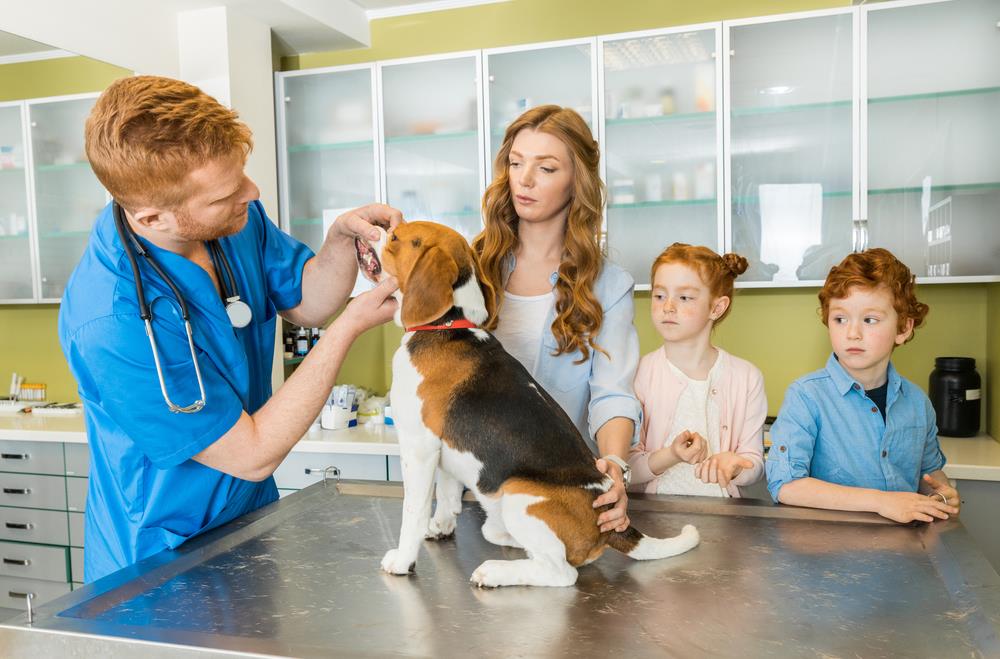
Dealing with Behavioural Problems in Pets
Behavioural problems in pets are not uncommon, with issues like aggression, unwarranted barking, and inappropriate elimination frequently observed. Many factors can trigger these behaviours, including changes in the pet’s environment, lack of training, or underlying medical issues. It’s essential to understand these causes to effectively manage your pet’s behaviour.
Techniques to Tackle Behavioural Problems
Addressing behavioural problems requires patience and persistence. For aggression or excessive barking, positive reinforcement techniques can be highly effective. Rewarding your pet for appropriate behaviour encourages repetition of those behaviours. Inappropriate elimination often requires retraining and consistency.
When to Seek Professional Help
If your attempts to correct your pet’s behaviour prove unsuccessful, it may be time to seek professional help. A pet behaviourist or a vet can provide expert guidance. The Australian Veterinary Association’s website can help locate a professional near you.
Consistency and Patience in Training
In the world of pet training, consistency and patience hold a paramount position. Consistency in training schedules and commands sets a predictable routine that pets can adapt to easily. It helps them understand what is expected of them and aids in their learning process.
Patience also plays a pivotal role in effective pet training. It’s imperative to understand that each animal is different and may require different training approaches. Being patient allows trainers to adapt to the learning pace of their pet, fostering a positive training environment.
Maintaining Consistency and Patience
To maintain consistency, ensure that training sessions are scheduled at the same time each day, and commands are consistent. Patience can be maintained by setting realistic expectations and understanding the individual learning capabilities of your pet.
Understanding Individual Differences
Recognise that each pet is unique with different learning speeds and styles. This acknowledgment can help in adopting a tailor-made training approach, increasing the training’s effectiveness.

